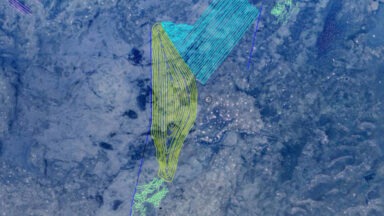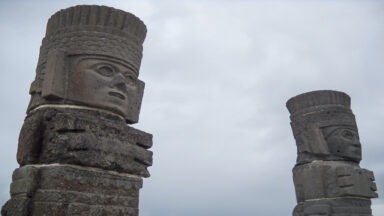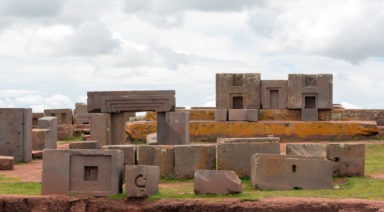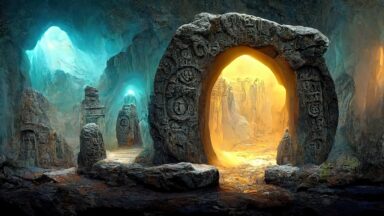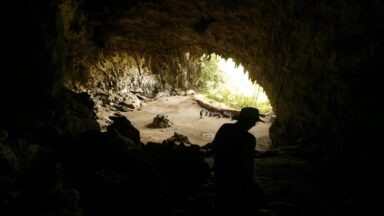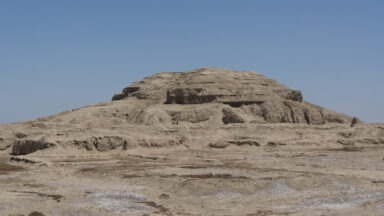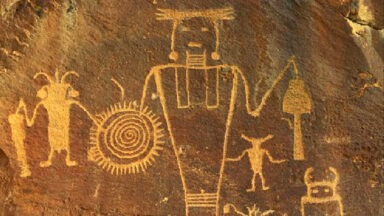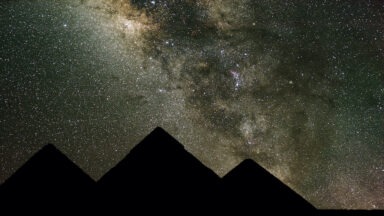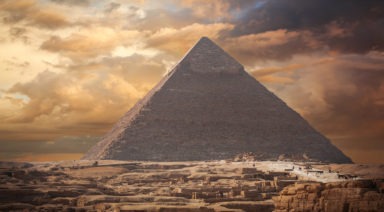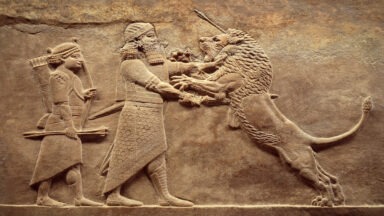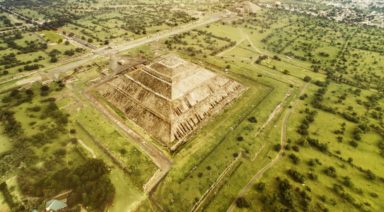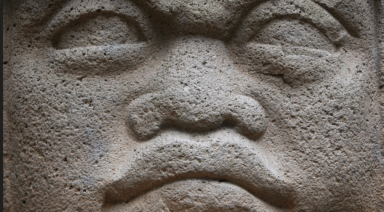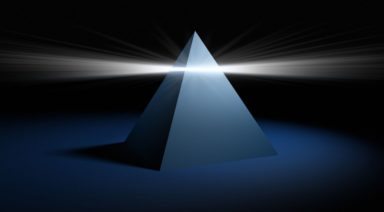Archeologists Discover Head of Roman Statue in Egyptian Tomb
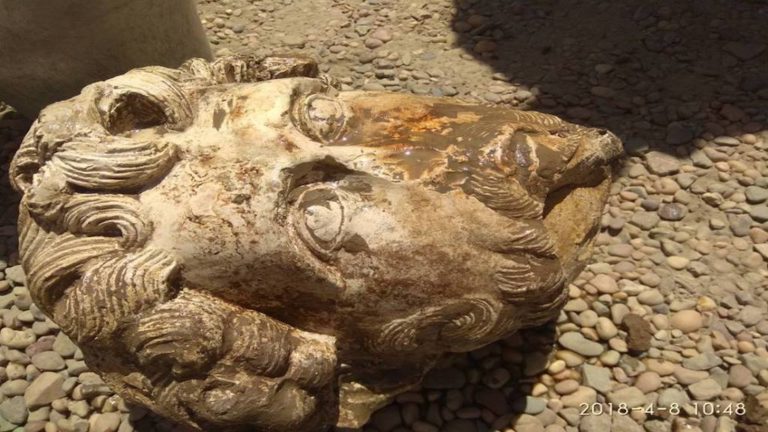
Archeologists recently discovered the stone head of Roman Emperor Marcus Aurelius in an Egyptian temple known as Kom Ombo, situated along the Nile.
The temple was built somewhere around 180 B.C.E. and was dedicated to the Egyptian gods Horus and Sobek.
Located in the city of Aswan, the marble head was found when archeologists were lowering groundwater levels in a 50 ft. well, thought to have been used to gauge readings of the Nile during antiquity. The expedition also found another statue, though it has yet to be identified.
The marble head bears the distinct features of Marcus Aurelius, who ruled Rome between 161 to 180 A.D. The statue depicts Aurelius’ distinct beard, moustache, and curly head of hair.

Stone Head of Marcus Aurelius via egypindependent.com
The Kom Ombo temple was built during the Ptolemaic Dynasty, a Hellenistic family that ruled Egypt from 305 to 30 BCE. Though they were originally Greek, the Ptolemies adopted Egyptian traditions and culture, until the kingdom was eventually conquered by the Roman Empire.
Experts said the find was rare as it’s incredibly uncommon to find remnants of a Roman statue in Egypt. Similar finds from ancient Egypt have been made in disparate areas, adding to the mystery of how far the culture reached.
Another exceptional find was made in close proximity at the ancient temple of Karnak in the city of Luxor. There, archeologists discovered artifacts and a shrine devoted to the Egyptian god Osiris-Ptah-Neb. Shrines to Osiris have been found in northern and eastern areas of the temple, but this find in a southern location was unprecedented.
There has been evidence that ancient Egyptians may have traveled extensively across the globe. This includes a report of Smithsonian archeologists discovering Egyptian artifacts in the Grand Canyon; the presence of cocaine and tobacco found in the bodies of Egyptian mummies; and hieroglyphs found in Australia.
Researchers including John Anthony West and Robert Schoch devoted much of their careers toward proving alternative theories about the ancient Egyptians, such as the Sphinx water erosion hypothesis that has become an increasingly accepted theory.
Other mysteries such as those involving previously unknown tunnels and chambers in the Great Pyramid at Giza continue to baffle archeologists as mainstream stalwarts of Egyptology constantly push back, attempting to maintain traditional narratives.
Mysterious Geoglyphs in India Are Largest Ever Discovered
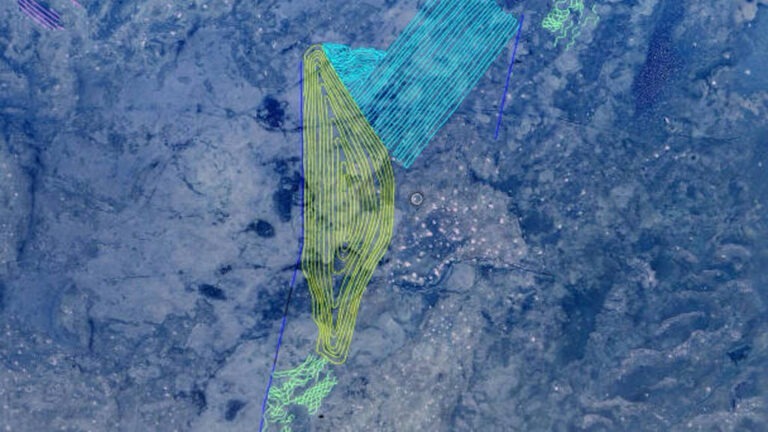
Researchers discovered the world’s largest geoglyphs in the Great Indian Desert. Will their findings reveal who made these giant, enigmatic designs, and why?
Geoglyphs are sprawling designs made by digging into the Earth or piling up stones to form what mostly appear as geometric lines, and more rarely, as humans and animals.
Usually only fully visible from above, they can be found all over the world with some dating back to prehistoric times, and others quite recent. The most famous to date are the Nazca lines in Peru. While there are various theories around their builders and function, none have been proven and continue to be widely debated.
Carlo Oetheimer is an independent researcher of geomorphology, the study of Earth’s landforms. While conducting a Google Earth survey of India, he and his son Yohann Oetheimer, made a fascinating discovery.
“I was traveling all over the desert, and suddenly I found lines in the desert similar to the Nazca lines. I was amazed, and I said, ‘Oh, what’s that?’ I found one place, then two places, then eight places almost. That was the way I found the Thar Desert Boha geoglyphs,” C. Oetheimer said.
“So, under Google Earth’s images, we could see a concentric spiral — concentric lines. We didn’t really know at that point what they were, but we had to go on the site, on the field, to understand them better,” Y. Oetheimer said.
When the researchers visited the desert site in India’s Rajasthan region, what they found astounded them.
“We brought a drone with us to be able to take aerial photos of the geoglyphs. With the drone images we could finally see the true form of the line, which is a spiral,” Y. Oetheimer said.


